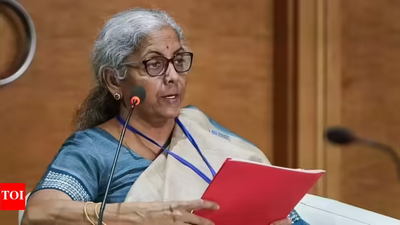State finances: Salaries, pensions and interest expenditure rises 2.5 times in 10 years; subsidy outlay triples

 The report, State Finances 2022-23, shows that combined committed expenditure across 28 states rose to Rs 15,63,649 crore in FY 2022-23 from Rs 6,26,849 crore in FY 2013-14, PTI reported.
The report, State Finances 2022-23, shows that combined committed expenditure across 28 states rose to Rs 15,63,649 crore in FY 2022-23 from Rs 6,26,849 crore in FY 2013-14, PTI reported.
Salaries remained the largest component, followed by pensionary obligations and interest payments on public debt, with nine states reporting interest payments exceeding pensions, indicating higher debt servicing requirements.Revenue expenditure constituted 84.73 per cent of total state spending in FY 2022-23, or 13.85 per cent of combined GSDP, underscoring the limited fiscal space for discretionary outlays.
Subsidy payments increased over threefold from Rs 96,479 crore in FY 2013-14 to Rs 3,09,625 crore in FY 2022-23, while grants-in-aid stood at Rs 11,26,486 crore, together making up more than 83 per cent of total revenue expenditure.“Over the period 2013-14 to 2022-23, revenue expenditure increased by 2.66 times, committed expenditure by 2.49 times, and subsidies by 3.21 times,” the CAG report noted.The report also reviewed fiscal targets set by states.
Seventeen states aimed for revenue surplus, six targeted zero revenue deficit, and five planned for revenue deficits in 2022-23.
Of those targeting surplus, five states—Assam, Bihar, Himachal Pradesh, Meghalaya, and Rajasthan—ended up in deficit, while 12 achieved their surplus goals.
Among states targeting deficits, Karnataka reported a surplus, Maharashtra stayed within its target, and three states exceeded their deficit limits.Finance Commission revenue deficit grants were extended to nine states—Andhra Pradesh, Assam, Himachal Pradesh, Kerala, Meghalaya, Punjab, Rajasthan, Tamil Nadu, and West Bengal—highlighting the ongoing support for states struggling to meet fiscal targets.The CAG report underscores the growing pressure on state budgets from committed expenditures and the urgent need for fiscal prudence, particularly in the context of rising debt servicing and subsidy obligations.



